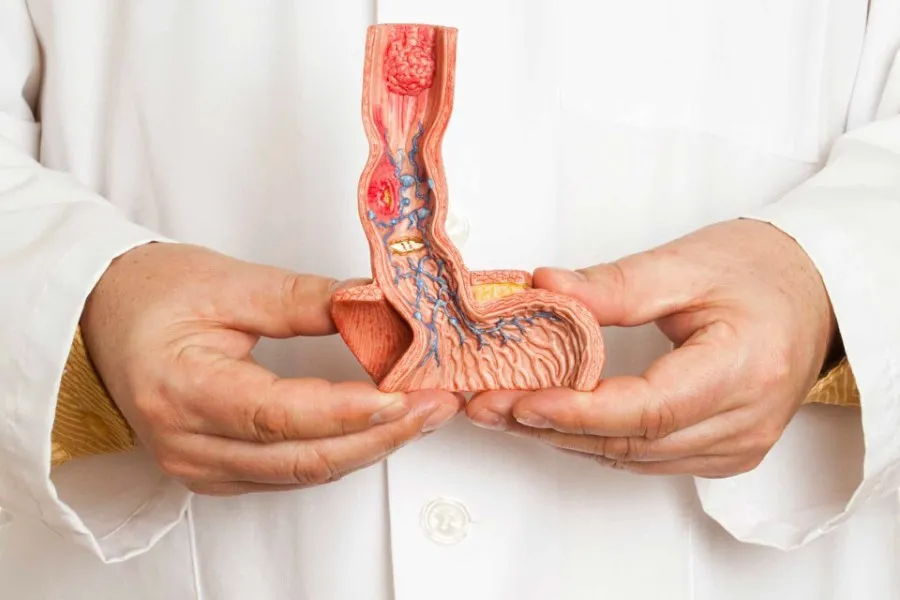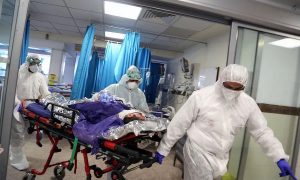Latest News
Penile Cancer: Symptoms, Stages and Treatment

What is Penile cancer; it is a rare type of cancer that occurs on the skin or in the tissues of the penis. Understanding its symptoms, stages, and treatment options is crucial for early detection and effective management.
Symptoms
Penile cancer can present with various symptoms, which may include:
1. Skin Changes: Changes in the color or thickness of the penile skin, or the presence of a lump or ulcer that may or may not be painful.
2. Growth or Sore: A growth or sore on the penis, especially on the glans (the head of the penis) or the foreskin in uncircumcised men.
3. Bleeding: Unexplained bleeding from the penis.
4. Discharge: An abnormal discharge with a foul smell.
5. Swelling: Swelling at the end of the penis or in the groin area.
6. Rash: A persistent red, velvety rash under the foreskin.
7. Pain: Pain in the penis, although this is not always present.
Stages
Penile cancer staging is determined based on the size of the tumor, the extent of its spread to nearby lymph nodes, and whether it has metastasized to other parts of the body. The stages are as follows:
1. Stage 0 (Carcinoma in Situ)**: Abnormal cells are found on the surface of the skin of the penis.
2. Stage I: Cancer has formed and may have spread to connective tissue just below the skin but has not spread to lymph nodes or distant sites.
3. Stage II: The cancer has spread to deeper tissues of the penis and may have invaded one lymph node but not distant parts of the body.
4. Stage III: The cancer has spread to deeper tissues and more than one lymph node, but not distant parts of the body.
5. Stage IV: Cancer has spread to nearby tissues such as the prostate or has metastasized to distant parts of the body.
Treatment
Treatment options for penile cancer vary based on the stage and location of the cancer, as well as the patient’s overall health. The primary treatments include:
1. Surgery: This is the most common treatment and may involve:
– Circumcision: Removal of the foreskin, often used for cancer confined to the foreskin.
– Wide Local Excision: Removal of the cancerous tissue and some surrounding healthy tissue.
– Partial Penectomy: Removal of part of the penis.
– Total Penectomy: Removal of the entire penis, typically followed by reconstructive surgery.
– Lymph Node Dissection**: Removal of lymph nodes in the groin to check for spread.
2. Radiation Therapy: Using high-energy rays to target and kill cancer cells. It may be used alone or in combination with surgery.
3. Chemotherapy: The use of drugs to kill cancer cells. It can be topical (applied to the skin) for very early-stage cancer, or systemic (injected or oral) for more advanced cancer.
4. Targeted Therapy: Drugs that specifically target cancer cell mechanisms. These are less commonly used for penile cancer but may be considered in certain cases.
5. Immunotherapy: Using the body’s immune system to fight cancer. This is an emerging field with some treatments under investigation for penile cancer.
Follow-Up and Support
Regular follow-up is essential for managing penile cancer. This includes monitoring for recurrence, managing any side effects of treatment, and providing psychological support. Support groups and counseling may be beneficial for emotional and mental well-being.
Prevention
Preventative measures include maintaining good genital hygiene, getting vaccinated against human papillomavirus (HPV), avoiding tobacco use, and practicing safe sex to reduce the risk of HPV infection.
Early detection and treatment are crucial for improving outcomes in penile cancer. Consult a healthcare professional promptly if you experience any symptoms or have concerns.























